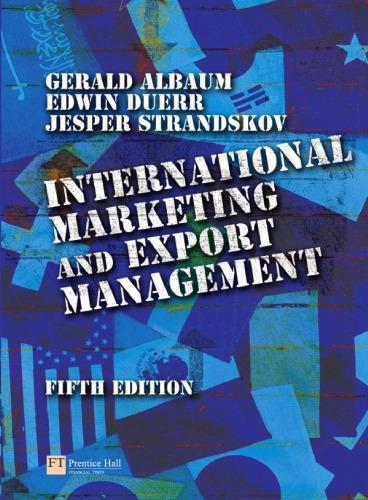3. Explain why a matrix organization approach would work or would not work for in Asia. However,...
Question:
3. Explain why a matrix organization approach would work or would not work for in Asia. However, the group had not yet gone so far as to try to break down country barriers altogether.
Organizationally, for example, could run its operations on a product division plus CE basis that ignored national boundaries. The group was moving towards that in the sense of ‘looking for professional leadership per product group across national boundaries, but we see that as a supplement to strong local market understanding and an ability to deal with the retail trade and so on.’
Another internal factor to be considered was that
‘still tends to think in terms of countries.’
Within the East Asia grouping, from Thailand to Korea, not one of them was yet dominant (although China would be). This contrasted with the rest of the world, where Brazil dominated Latin America and India dominated the Indian subcontinent, and both acted as dynamos for their zones. Lacking an obvious dynamo for the Asia-Pacific zone, to be able to exercise internal clout and get attention from central R&D, the East Asia Pacific group was obliged to add together Thailand, the Philippines, Indonesia, and others.
The corresponding external point was that in dealing with suppliers and buying similar materials, often on world markets, there was a need to exercise clout as a group.
Step by Step Answer:

International Marketing And Export Management
ISBN: 9780273743880
5th Edition
Authors: Gerald Albaum, Edwin Duerr






